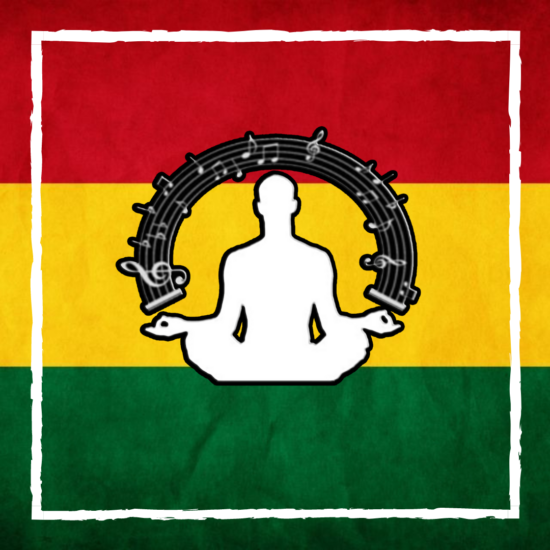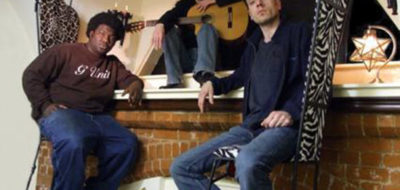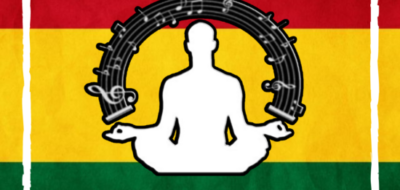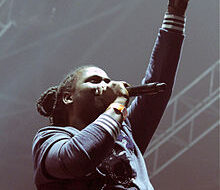Today, art and music can be seen as a disposable and free good, meant to be enjoyed then moved on from by the consumer. It can be easy to forget that art and music can be more than that. Much more. Art and music can be there to entertain, sure, but more important is when it serves a higher role. Good music can move your body. The best music can also move your spirit. It can expose you to new ideas and modes of consciousness. Artists can use their gifts to teach you of their experiences, their plights, their struggles, their hard-won joy, and their politics.
Take Childish Gambino, whose song ‘This Is America’ just won a Grammy for Song Of The Year. He uses a catchy trap beat to examine divisive topics like gun violence and the trappings of the pursuit of money. Bob Dylan asked many questions of his listeners in songs a couple generations back. So did Marvin Gaye with “What’s Going On?” Nina Simone and Billie Holiday confronted the horror of discrimination and racially-motivated violence. The terrible daily struggles of working in the fields can be heard in many blues songs. Reggae, however, is where we find perhaps the greatest synthesis (second only to gospel) between the musician, their beliefs, and the listener.
Reggae music beyond the beat.
For many American listeners, reggae music, begins and ends with Bob Marley. Even though nearly every listener in the Western world is well-acquainted with Mr. Marley’s music, do they know why he sings? What is he singing about when he sings of buffalo soldiers, an exodus, or a Rasta revolution? Mr. Marley’s music went hand-in-hand with his politics as it did with his religion. His music was not great in spite of his beliefs, it was great because of his beliefs. This connection, though not detected by many, is one of the keys for artists of any genre to create real art.
In reggae, the predominant belief is known as rastafari. Some of its core beliefs are represented by the famous colors of its flag, red, yellow, and green. Pay attention and you’ll start to see those colors on everything from coffee cups to yoga pants. Though they are now a culture staple, each of the colors bear a major significance.
What the colors of the flag mean?
Red–Red is meant to represent the blood spilled and the sacrifices made by black martyrs the world over in the quest for equal rights, justice, and liberation.
Yellow–Yellow is meant to represent the wealth of Africa, the homeland.
Green–Green is supposed to signify the rich abundance of plantlife and vegetation as well as the beauty of the promised land, Ethiopia.
To many without an understanding of Rastafari, these colors get associated with smoking weed and not much else. These colors have literally nothing to do with smoking weed. They do, however, present a wealth of ideas to explore in the teachings of the religion as well as in the songs that represent it.
Digging deeper:
You don’t have to be a Rastafarian to see the beauty of reggae. Reggae excels at connecting beliefs to music, and that’s something that can be done in any genre. Next time you hear a reggae song, pay attention to how passionately the singer is using terms that you don’t understand. You can take the time to search the meaning behind the lyrics, but more important is seeing how their beliefs fuel their music. Understanding the experiences of these artists helps us bridge the gap between people and develop a greater sense of empathy. Empathy is a scientifically key part of music. When an artist just says it right, and you understand and agree. That empathy comes best, in any genre, when we put our beliefs into the music we write. So take a page out of reggae’s book and make sure you are connecting your songs to your core.









